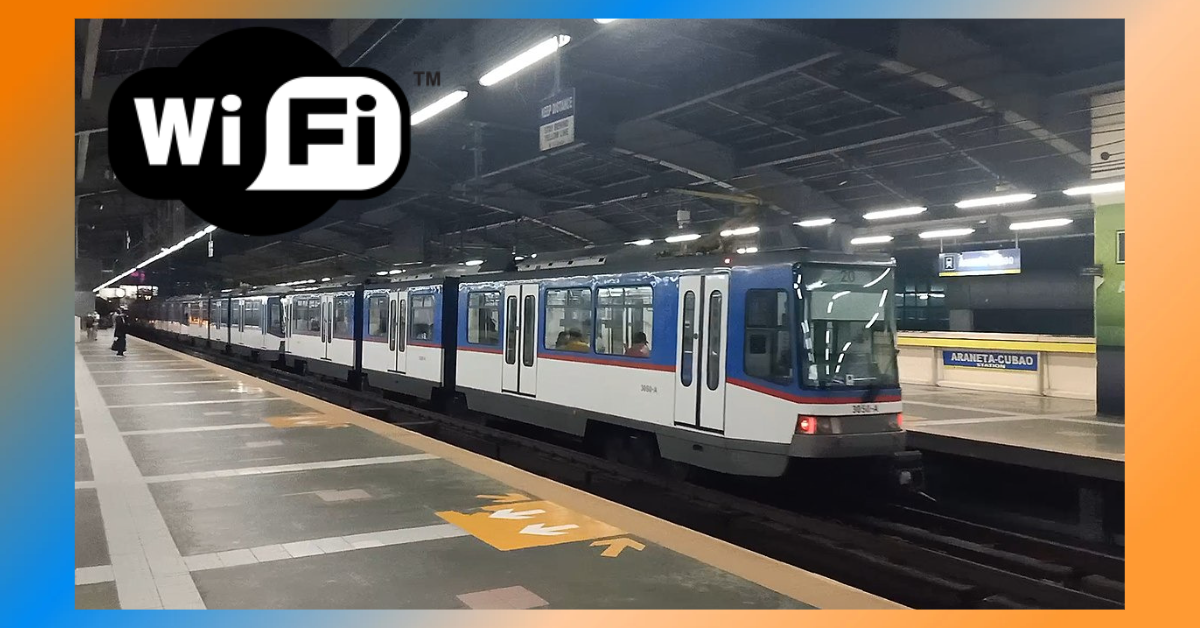A week after the Department of Information and Communications Technology (DICT) formally inaugurated the “EDSA WiFi” project for commuters along EDSA, I conducted my very own independent, not-so-scientific internet connection speed test along the railroad system.
Last Tuesday 20 June 2017, I embarked on a joyride onboard the MRT3 from Taft Avenue to North Avenue and conducted a simple experiment: get off at each of the train stations and conduct an internet speed test of the three APNs (DICT, Globe, and Smart). During the launch event last Independence Day, I was told that I will get the best speed test results (for all of the APNs) if I will be conducting it on the MRT passenger platform.
For the experiment, I brought three (03) identical smartphones running Android; each will be connected dedicatedly to the APN of each provider. To get the average internet connection speed per APN, I used the SpeedTest app. Ran the mobile app three (03) times per connection to get the average speed at each of the MRT stations.

Based on the experiment I conducted, the DICT APN (DICT FREE EDSA WIFI) is nowhere to be found or does not have an internet connection at the Magallanes, Ayala, Boni Avenue, and Quezon Avenue stations. Using this APN yielded the fastest download and upload speeds at the Buendia MRT station.
For the Globe Telecom APN (Globe_EDSAWIFI), I got a hard time connecting while at the Magallanes and Cubao stations. The Ayala MRT station yielded the fastest internet connectivity with an average of 34.53Mbps for download and 26.79Mbps for upload.
As for the Smart Communications APN (#SmartWifi @MRT EDSA), it was only at the last MRT Station (North Avenue) that I wasn’t able to connect. Guadalupe MRT Station yielded the fastest average download speed (43.14Mbps) and GMA Kamuning station has the fastest average upload speed (44.80Mbps).
It is really impossible for one to complete the entire end-to-end journey within thirty (30) minutes – the maximum time allocated by both Globe Telecom and Smart Communications for their free WiFi offering (without a data cap). DICT’s internet connectivity is not time-based but has a data cap of 100MB (resets every midnight). Thank goodness, I have an active subscription with both and was able to subscribe with GoWiFi Auto (for Globe) and Smart WiFi (for Smart). New users of either subscription package (like me) will enjoy free internet connectivity via WiFi: 3 days for GoWiFi Auto; and 2 hours for Smart WiFi. These add-on subscriptions allowed me to finish my experiment (total travel time: 1 hour 25 minutes).
Again, just to reiterate that none of the major telcos nor the DICT asked me to conduct this experiment. It was just that I managed to find some free time in my busy schedule and I missed riding the train.


